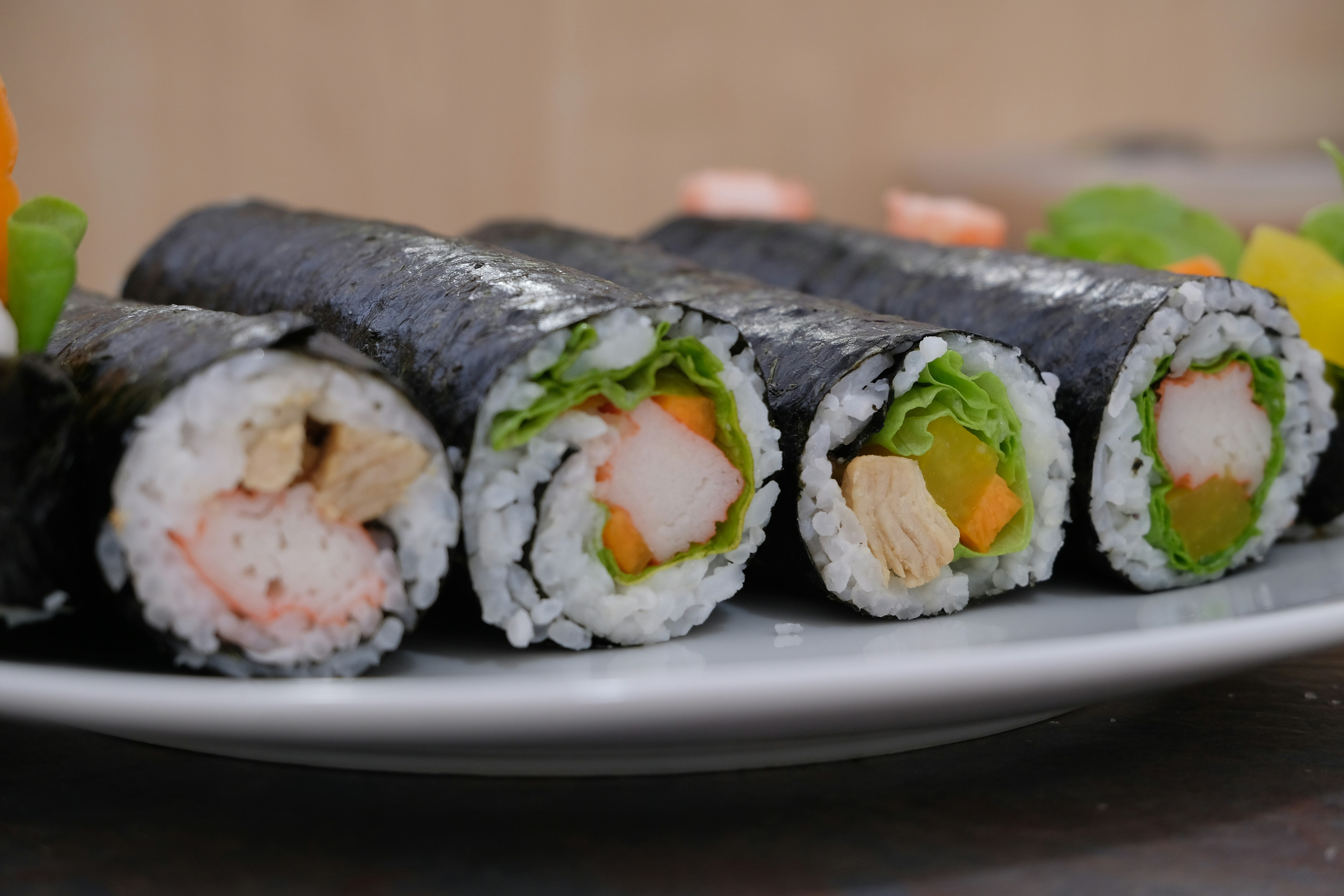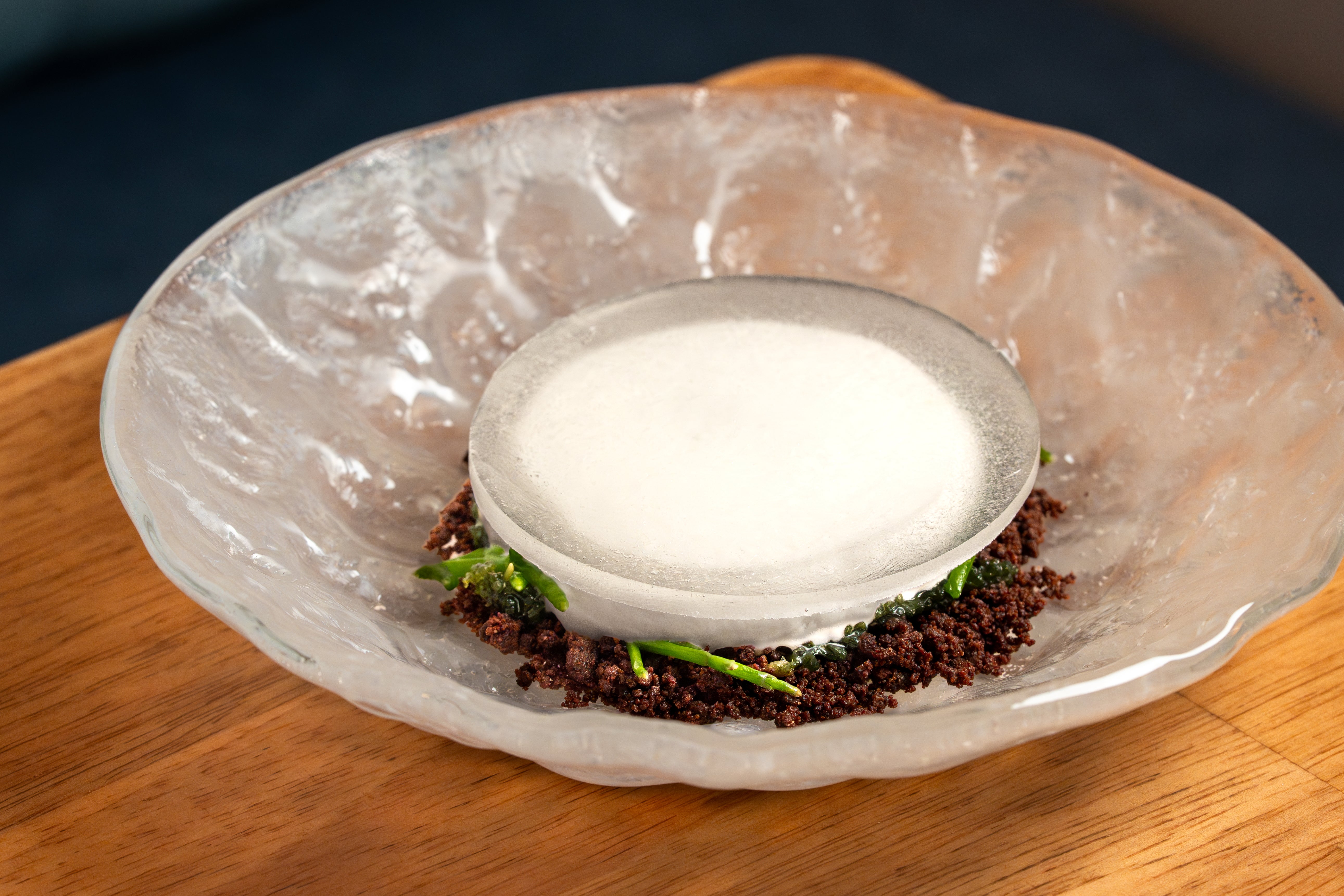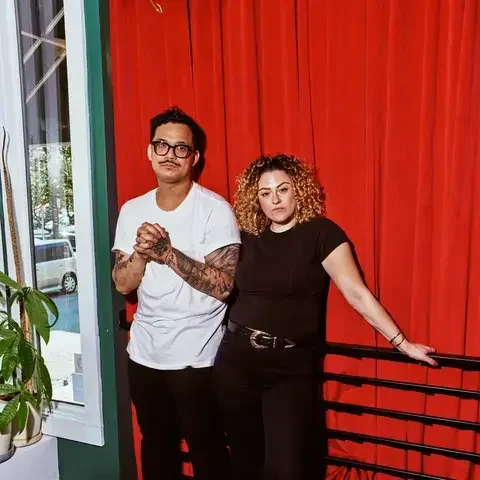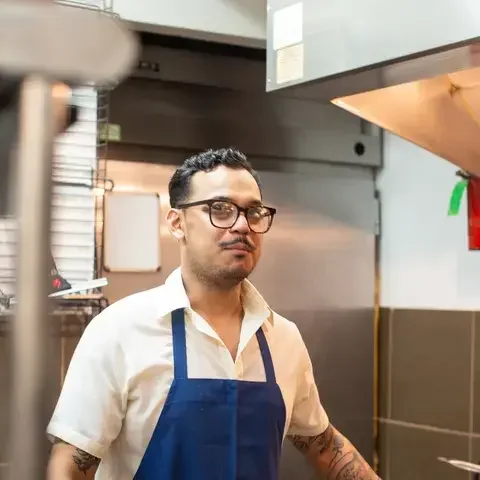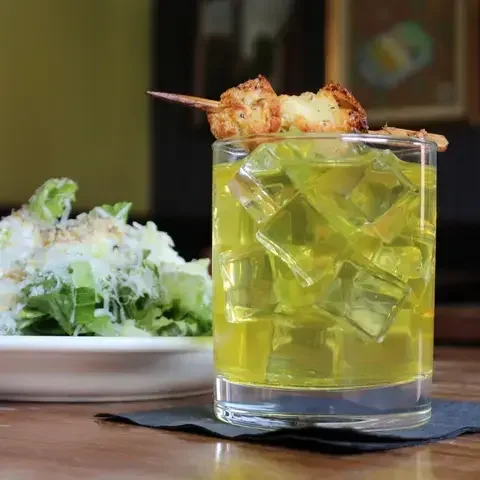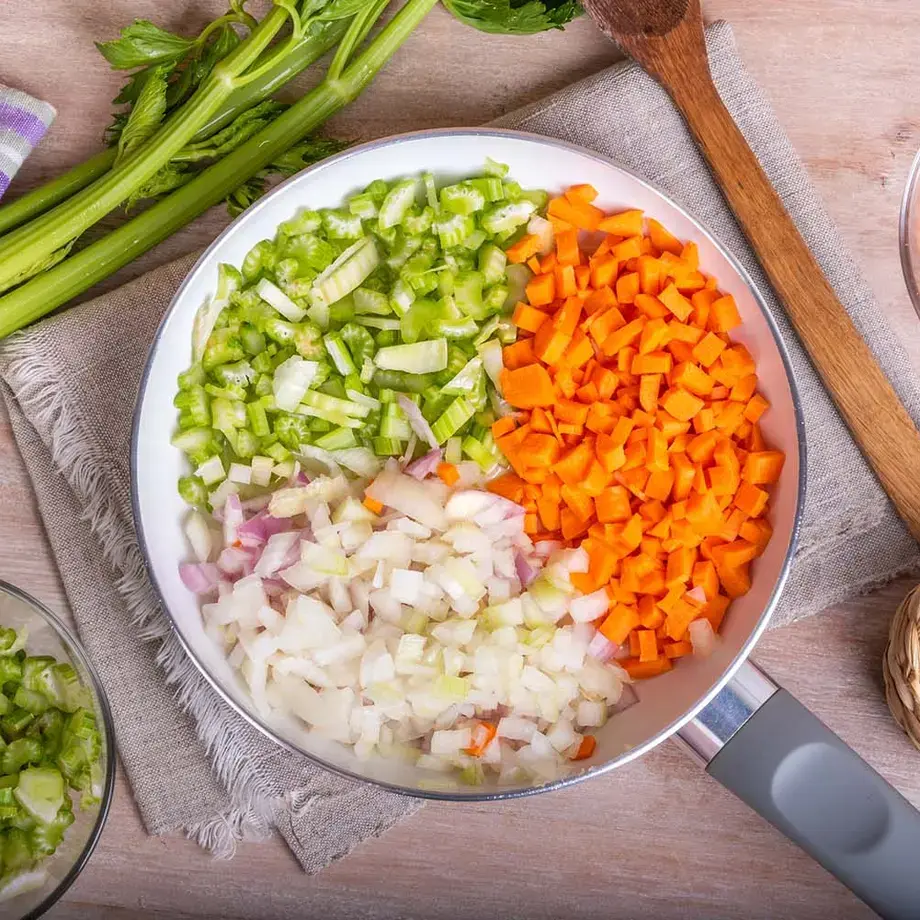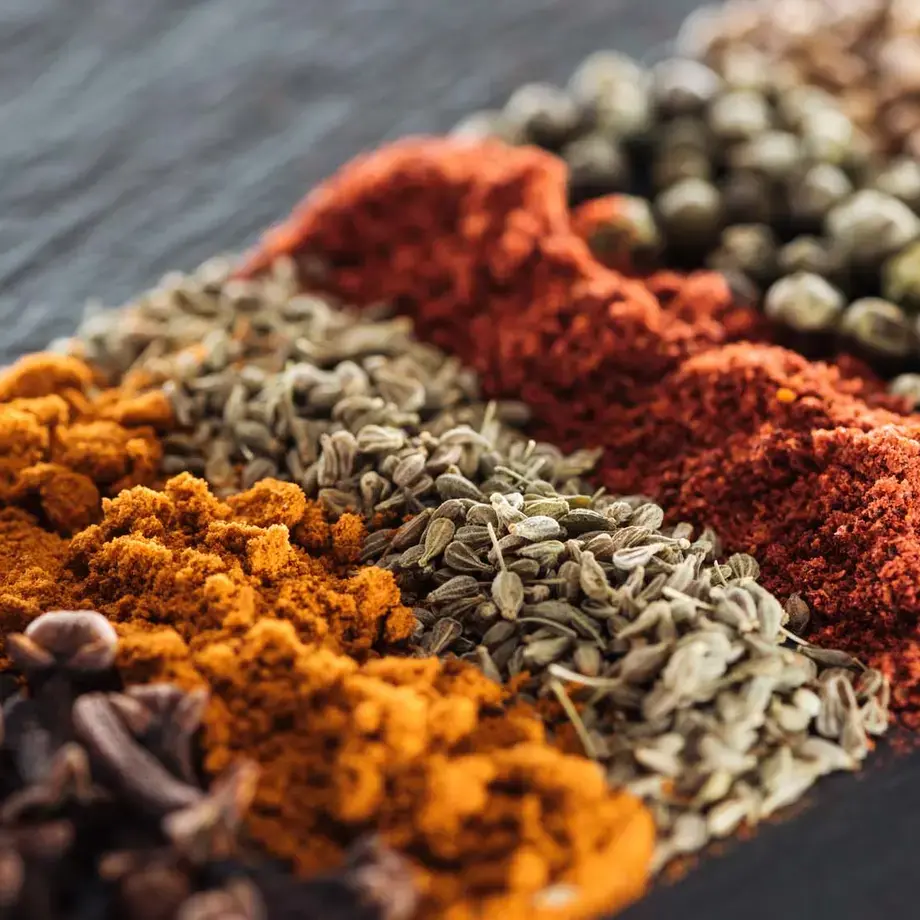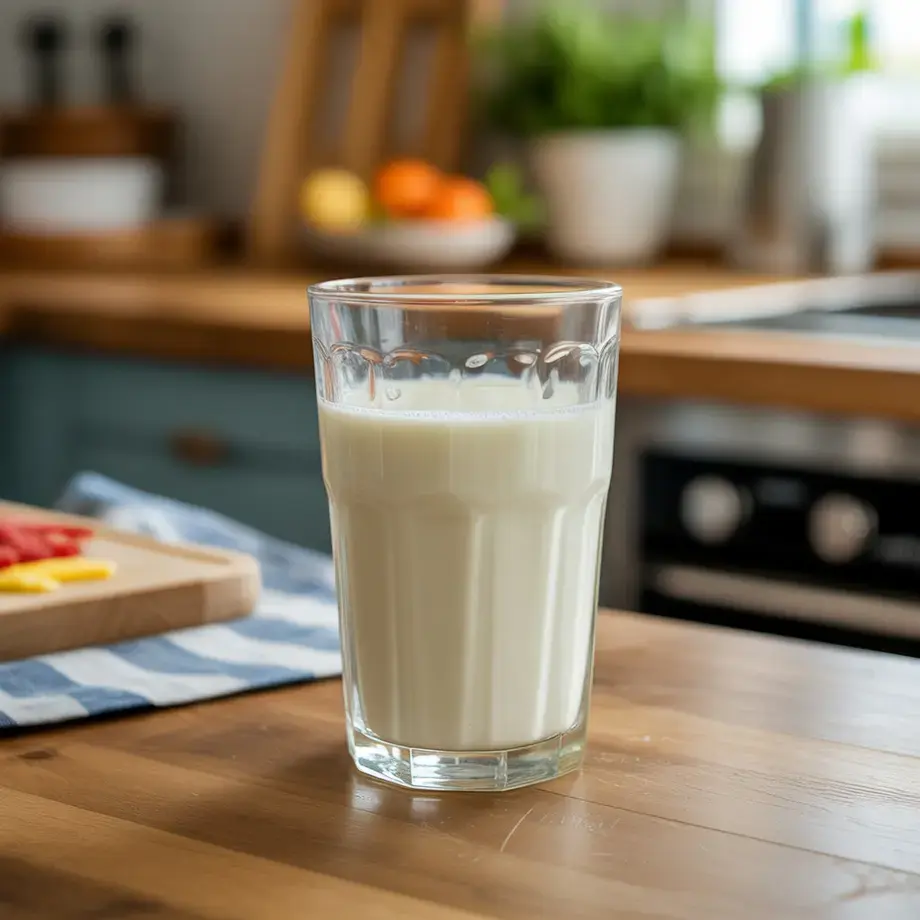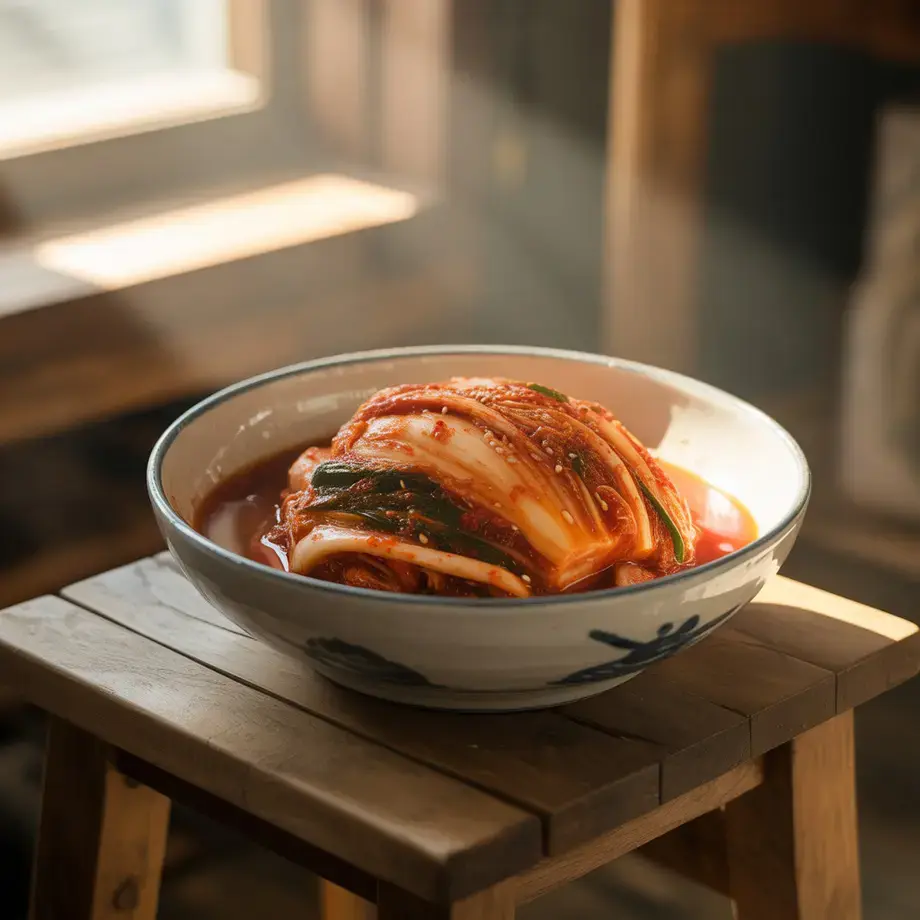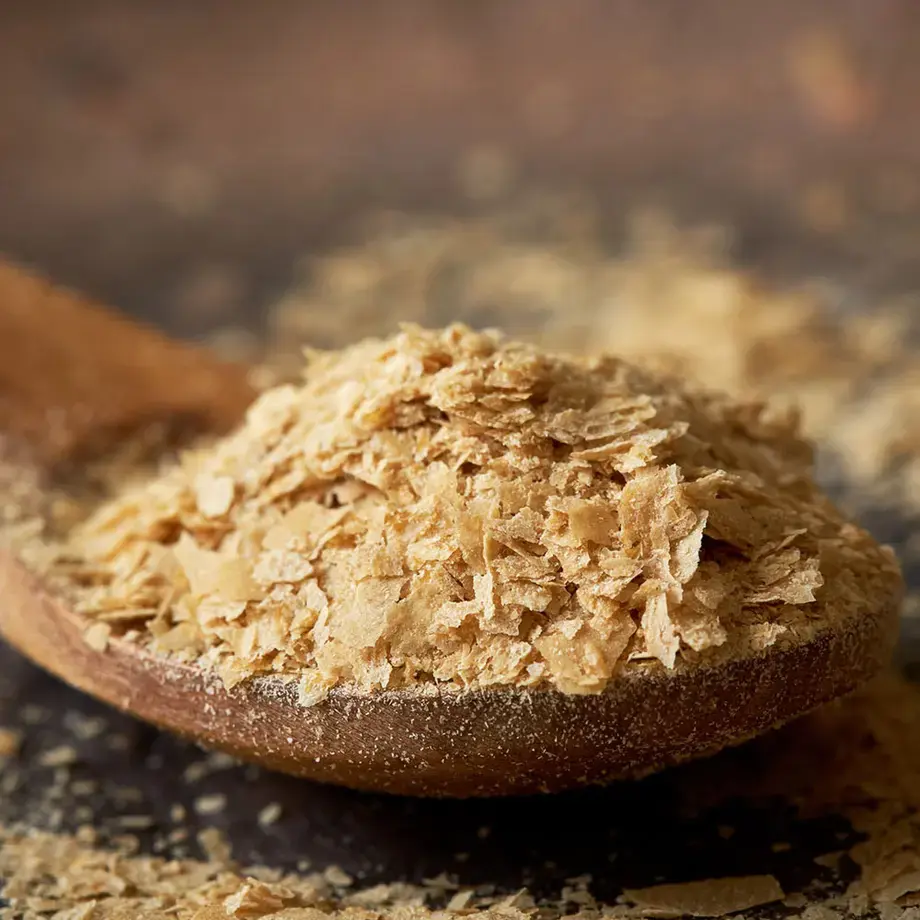From Panna Cotta to Negronis: Seaweed on the Menu
When I interviewed John Shields of Smyth in Chicago last year for Fine Dining Lovers, seaweed in dessert still felt novel—at least outside of traditional Asian applications. But Shields saw it differently. “With seaweed, we have a fresh green in Chicago in February, when there’s a foot of snow outside,” he told me. He braises blade kelp in licorice syrup and molds it into a mussel shell to cradle mussel caramel.
Pastry chef Susan Bae at Moon Rabbit in Washington, D.C., makes a seaweed panna cotta that nods to Vietnam’s coastline and its 120,000 tons of seaweed harvested each year. Fossa Chocolates has a white sesame and seaweed bar. I recently tasted an intoxicating seaweed cashew butter from Rooted Fare. And at Smithereen’s in New York, they’re layering seaweed mille-feuille with citron jam and licorice cream, and clarifying apple juice for their Negroni with dried kelp.
In Philadelphia, chef Ashley Huston of Dream World Bakes sprinkles nori komi furikake on a savory goat cheese–stuffed pastry topped with heirloom tomato and kewpie. She’s also developing a seaweed-flecked donut. Nearby at Roxanne, chef Alex Holt steeps gamtae in milk to make ice cream.
International Inspiration: How Seaweed Is Spanning the Globe
Across the Atlantic, I’ve seen seaweed cheesecakes from Kødbyens Fiskebar in Copenhagen pop up in my feed. In Ireland, carrageenan pudding is making the rounds. And in Bristol, Fine Dining Lovers editor Tom Jenkins recently posted a seaweed flan with kombucha caramel and sourdough ice cream from Wilson’s.
This is still a nascent movement. But it’s spreading—quietly and steadily—through the pastry world.
Beyond Agar: Seaweed’s Flavor Is the Star
Seaweed has long flown under the radar in sweets—used not for taste, but for texture. Agar agar, the flavorless gelling agent in bubble tea and jellied desserts, has been a stealth ingredient for years. But seaweed’s flavor potential is only beginning to shine.
In her James Beard–nominated cookbook Breaking Bao, pastry chef Clarice Lam offers a compelling blueprint. She encourages readers to keep powdered agar agar on hand while also embracing the bold umami of nori komi furikake, which she sprinkles over shokupan and caramel corn spiked with gochujang—another savory staple now crossing over into desserts. (See: The New York Times' Gochujang Caramel Cookies.)
One of the most hauntingly lovely seaweed desserts I’ve ever tasted was from Gab Carbone of The Bent Spoon in Princeton, New Jersey: a seaweed ice cream that actually smelled like the ocean.
Carbone had lived in Japan, where seaweed ice cream isn’t uncommon, but it was a trip to Fukushima last year that sparked her version. After learning about quality control in the region’s seaweed harvesting, she returned to the States with dried, frozen, and vacuum-sealed samples—especially aosa, which she describes as “a bit more fresh tasting. Less sea, more freshness.”
The final ice cream included aosa, nori, dulse (“I love how it’s smoky and savory”), and kombu (“which I use at home a lot for dashi”). “Most of my ice creams have an umami edge in general,” she told me. “But that excellent salty flavor of the sea lends itself so wonderfully to milk and cream.”
Carbone wanted to highlight seaweed’s flavor—not just its gelling properties. “Once you blend things with sugar and dairy fat—how do you extract flavor to make it taste like the thing? Tasting like the thing is a goal.” She steeped tougher varieties like kombu and sea lettuce in milk like tea, to avoid gelatinous blobs and extract clean, oceanic flavor.
She sees potential far beyond ice cream. “I can imagine eight million desserts—panna cottas, crème brûlées, candies, caramels. I’ve been wanting to make a seaweed marshmallow, and I think I can do it without any gelatin. Maybe it winds up as seaweed marshmallow fluff with a little chlorophyll, so it’s a beautiful green color.”
“Ice cream is something you eat by the seashore,” I said to her. “I like the idea of tasting the sea while you’re at the sea.”
“Like uni,” she replied. “I’ve made uni ice cream—but haven’t eaten it by the sea. That’s a life goal.”


